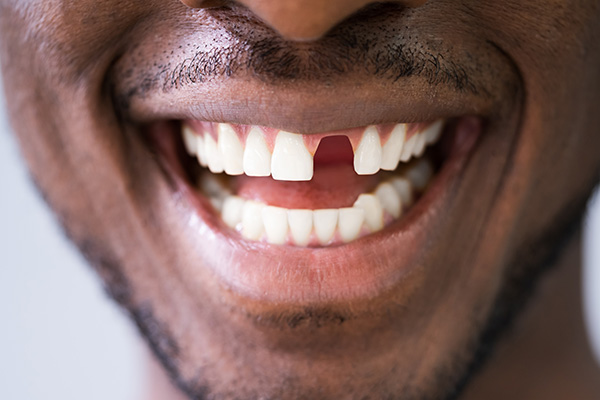How Often Do My Teeth Need to Be Checked for Cavities by a Family Dentist?

A family dentist is a great resource to use when needing cavity check-ups. They can check for cavities in both children and adults, which can be convenient for families. With that being said, most parents want to know how often cavity check-ups should take place, for both themselves and their children. While every patient is different, there are a few relative guidelines that a family dentist lays out for the frequency of cavity check-ups.
How often should cavities be checked for?
Below is an overview of how often cavities should be checked for by a family dentist.
Children
Babies and toddlers will not typically need cavity checks until they have developed the majority of their teeth. However, a family dentist may recommend check-ups once a year to monitor the development of the baby teeth. Most babies and young toddlers do not consume a lot of sugar, making their risk low for cavities. However, at the toddler age, some parents introduce sugary juices, which can put the teeth at risk. Once sugary drinks and foods are introduced, parents should use a gentle baby brush to clean the teeth to prevent cavity build-up.
Once children have lost all of their baby teeth and their adult teeth have developed, the family dentist will require check-ups for cavities at least twice a year. Children are prone to cavities because they consume a lot of sugar and their oral hygiene habits are not always the best. Because of this, family dentists want to check for cavities at least every six months.
Teenagers and adults
Teenagers are also pretty prone to cavities because they too consume a lot of sugar and do not always practice the best oral hygiene. With that being said, a family dentist typically recommends cavity check-ups at least every six months or twice a year.
Adults of any age should get their teeth checked for cavities by a family dentist twice a year, as well. In some cases, adults may opt for check-ups once a year; however, a family dentist may recommend against it.
Other factors
Children or teenagers that are undergoing orthodontic treatment may require cavity check-ups more frequently than every six months. If their treatment is being administered by a family dentist then they can undergo a cavity check during adjustments or every three months. Orthodontic treatment puts the teeth more at risk for cavities, especially when braces are used because the teeth are harder to clean.
Additionally, when adults get older, they may find it difficult to practice good oral hygiene on a regular basis. It can be hard to brush and floss regularly, whether it be due to medical reasons or of old age. In this case, a family dentist may want to check for cavities more frequently, such as every three months.
Get started today!
Cavity checks are extremely important for both children and adults. If caught early on, cavities can be appropriately taken care of so that they do not lead to tooth decay or even loss. With the help of a family dentist, cavities can be checked for and addressed so that good oral health can be maintained. Reach out today to learn more or to get started with a cavity check-up appointment.
Request an appointment here: https://dentistryonpark.com or call Dentistry on Park, LLC at (781) 443-8131 for an appointment in our Stoughton office.
Check out what others are saying about our services on Yelp: Read our Yelp reviews.
Recent Posts
When searching for a dentist near me, families are often looking for more than just convenience. Quality, comfort, and trust can all help them select the right dental provider. Working with a trustworthy dental practice that understands your entire family's needs can make a lasting difference in your oral health.Dental health has a direct link…
If you're considering your options for replacing missing teeth, you may want to know when you should make your decision. In short, as soon as you can. Now, this is not always an option nor available at a moment's notice.Depending on the route you go, you're going to have to wait to let things heal.…
If you have a missing tooth or several missing teeth, you may wonder what your options for replacing missing teeth are. Fortunately, there are several replacement options. Dental implants are not the only option for replacing missing teeth. Continue reading to learn about the treatments available, along with the pros and cons of each treatment…
Dentures are a removable option for replacing missing teeth that can provide the wearer with either a full or partial set of false replacement teeth. Your best choice depends on the number of natural teeth that need to be replaced. In either case, a crucial aspect of successful denture wearing is proper care and hygiene…


